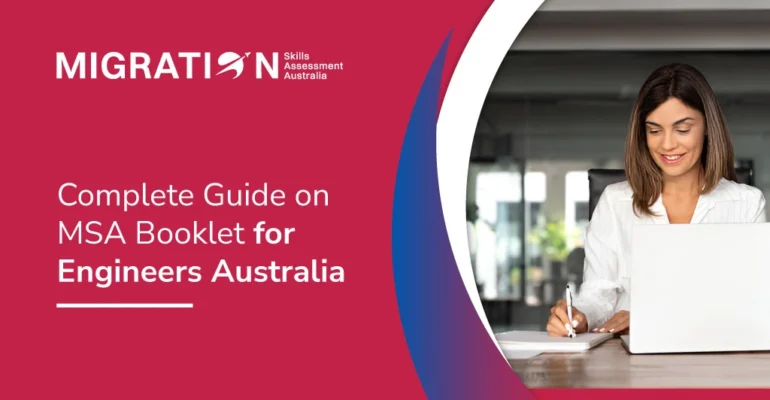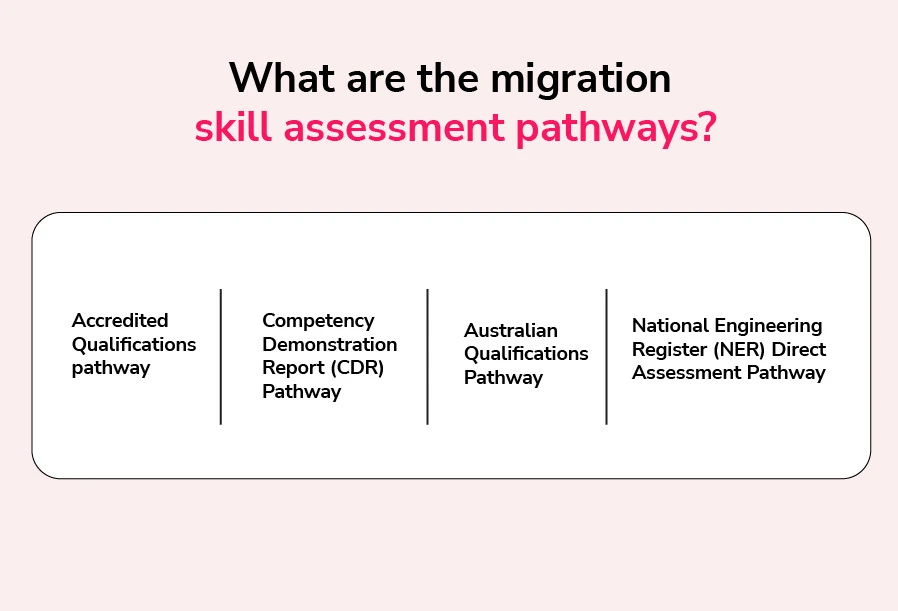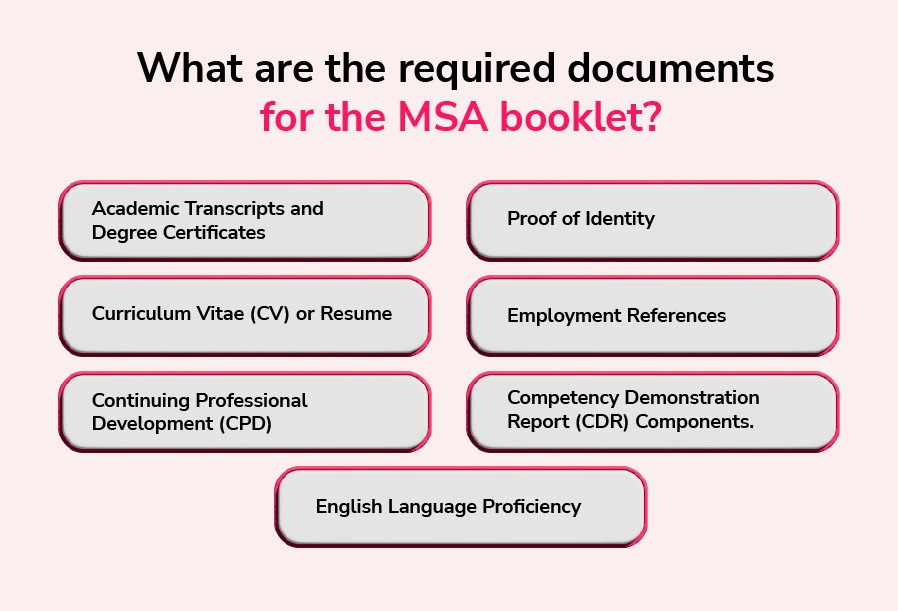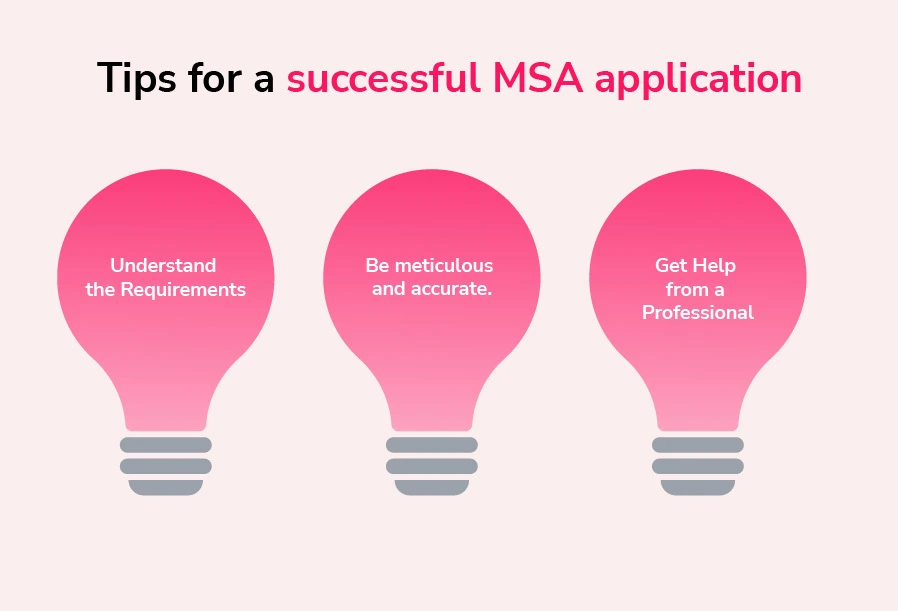Complete Guide on MSA Booklet for Engineers Australia

Complete Guide on MSA Booklet for Engineers Australia
Engineers Australia conducts assessments-based qualifications, experience, and competencies for engineering professionals wishing to migrate to Australia or improve their career prospects within the country.
One of the major documents to this effect is the Migration Skills Assessment (MSA) Booklet, which guides applicants on documents and requirements to be produced for obtaining a successful skills assessment.
Understanding the MSA Booklet is a must-have to succeed in migration to Australia or to gain recognition through appropriate certification. This guide shows what the MSA Booklet is about, why it is important, and how to work through it step by step.
What is the MSA Booklet?
The MSA Booklet consists of a document provided by Engineers Australia for individuals seeking the recognition of their qualifications and experiences by the organisation for migration or work purposes.
By stating the requirements and giving detailed information on carrying out the Migration Skills Assessment, the booklet acts as a prerequisite for a successful skilled migration to Australia.
The booklet serves as a guide to applicants on eligibility criteria set by Engineers Australia, providing them directions on the documentation required for skills assessment, as follows:
- Skills assessment process.
- Required documents.
- Qualifications and experience format.
- Expectations and standards set by Engineers Australia.
Why Is the MSA Booklet So Important?
The MSA booklet is crucial for engineers planning to move to Australia. The Migration Skills Assessment forms a key part of the GSM process, enabling skilled professionals to work and live in Australia. Engineers Australia evaluates engineers under the GSM programme.
The MSA booklet aims to help applicants present their qualifications, experience, and skills according to Australian standards. Completing the skills assessment is necessary before submitting an EOI for a visa application.
To sum up, the MSA booklet helps applicants with the needed paperwork. Applying EA guidelines. Making the skill assessment process smoother and avoiding setbacks. Aligning qualifications and work experience with Australian standards.
How does the MSA Booklet help the engineers in Australia?
The MSA Booklet is more than a friend to the engineers in Australia; it is their best helper. It’s a crucial guide that they use in every step. For instance, it gives them a perfect understanding of the MSA requirements by explaining the topic from various perspectives; as a result, they can know precisely what they need to do.
Moreover, it walks them through each step of the assessment by eliminating the complex issues. With this in place, engineers go through each stage without getting mixed up.
It is not only a leaflet, but it also excels at giving an idea of how to make the assessment benefit as much as possible for the engineers. In a nutshell, the MSA Booklet acts as a supportive companion who accompanies the Australian engineers all the way and ensures both the first and the final stages are easy to grasp.
Who Should Use the MSA Booklet?
This MSA booklet helps engineering professionals who want to get their skills assessed by Engineers Australia.
It covers many fields, including:
- Mechanical Engineering
- Civil Engineering
- Electrical Engineering
- Environmental Engineering
- Software Engineering
- Mining Engineering
- Chemical Engineering
- Aerospace Engineering
What are the migration skill assessment pathways?

Engineers Australia provides four main routes for Migration Skills Assessment (MSA). Each route caters to different qualifications and work experiences. Choosing the right route plays a key role in getting a positive assessment.
Let’s break down each option:
1. Accredited Qualifications pathway
This option suits applicants with qualifications from schools recognised under specific international agreements. These agreements ensure that engineering qualifications match up to Australian standards.
a. Main Groups in This Pathway
Washington Accord (for professional engineers)
Sydney Accord (for engineering technologists)
Dublin Accord (for engineering associates)
b. Who Can Apply
You need an engineering degree from a country that signed one of these agreements. You don’t have to turn in a Competency Demonstration Report (CDR).
c. Documents Required
Your degree certificate and grades are something to prove who you are and prove you speak English well.
2. Competency Demonstration Report (CDR) Pathway
The majority of people choose this path if international agreements do not recognise their degrees.
a. What You Should Know
This works for engineers with degrees from schools that aren’t recognised. You need to hand in a competency demonstration report (CDR) to show what you know about engineering and what you can do.
3. Australian Qualifications Pathway
This path applies to those who earned their engineering degrees from approved Australian schools.
a. Key Features
There is no need for a CDR Easy evaluation since Australian degrees already meet Engineers Australia’s requirements.
b. Documents Required
Degree certificate and grades from your Australian school
ID proof of English test results
c. Who Can Apply
You must have an engineering degree from an Australian university that Engineers Australia recognises This route often takes less time than the CDR path.
4. National Engineering Register (NER) Direct Assessment Pathway
This option is for engineers already on Engineers Australia’s National Engineering Register (NER) who want to use their listing to show their abilities.
a. Key Features
Engineers with current NER registration can apply You don’t need to hand in a CDR or detailed job history.
b. Documents Required
Proof you’re on the NER list ID papers English test results.
c. Who Can Apply
Your NER registration is still good NER has already checked your work history and skills.
Learn more: Application pathways for migration skill assessment .💡📄
What are the required documents for the MSA booklet?

1. Academic Transcripts and Degree Certificates
Authenticated credentials of your engineering and technology certificates.Official transcripts indicating all attended classes and grades received.
In cases where documents are not in English, provide certified English translations.
2. Proof of Identity
A scanned copy of your passport (bio-data page).
Any other IDs, such as:
- National ID cards or birth
- A picture (passport-sized) of yourself
3. Curriculum Vitae (CV) or Resume
A well-structured, up-to-date CV focusing on:
- Educational background
- Work experience
- Key engineering projects
- Roles and responsibilities
4. Employment References
Reference letters from past and now employers.
Must have:
- Official company letterhead supervisor’s signature
- Details of your job title, duties, and employment period
- Demonstrate your engineering tasks to verify your skillset.
5. Continuing Professional Development (CPD)
A CPD list demonstrating how you have been staying abreast of your engineering knowledge. Related workshops, seminars, technical courses, certifications, and conferences you attended should be mentioned.
Format: activity title, date, duration, and brief description.
6. Competency Demonstration Report (CDR) Components
Three career episodes: detailed accounts of your engineering projects.
Summary Statement: Mapping your competencies to Engineers Australia’s requirements.
CPD Report: List of professional development activities post-graduation.
7. English Language Proficiency
Required for applicants from non-English-speaking countries.
Accepted tests: IELTS minimum 6 in each band-TOEFL iBT-PTE Academic
- IELTS (minimum score: 6 in each band)
- TOEFL iBT
- PTE Academic
Tips for a successful MSA application

1. Understand the Requirements
Data, as the name of the entire services visa that is offered in the Department of Home Affairs portal, is available to anyone who would like to get a great overview of the application “Territory Sponsored Migration.”
2. Be meticulous and accurate.
For instance, a business may develop a new product that uses plastic packaging. With a subcontractor involved, the total energy of production becomes higher.
However, the manufacturer at the same time manages to reduce their total energy intake by 80 percent. This energy, normally supplied by a 2 MW steam turbine, is then sold to a factory nearby.
3. Get Help from a Professional
Also, because some with health problems find it difficult or even impossible to whistle, it is a fact that people should not consider it a universal human skill but a talent that needs to be developed with practice and experience.
When the time comes, you will be able to exhibit this remarkable human capability even in this particular situation.
Know more: Common challenges in Migration skill assessment 🙀🤔
Conclusion
The MSA Booklet is a crucial tool that every engineer considering moving to Australia must have. By closely following the given rules and providing trustworthy, well-structured documentation, you can increase your possibility of being successful.
The thing you will need to do to get a positive skills assessment, which is the main document for your migration, is to comprehend and fulfil the competency requirements that Engineers Australia sets.
Should you decide you’re ready for that next step and want to prepare properly for the skills assessment, then this is the place to start by carefully reviewing the MSA booklet and aligning your qualifications and experience with Australian engineering standards.
Through a lot of focused effort and some good old elbow grease, you can have a fully completed skills assessment and be ready to work in Australia.
FAQs
1. What is the purpose of the MSA Booklet 2025?
The purpose of the MSA Booklet 2025 is to guide the candidates through the MSA process, outlining requirements, policies, and documentation needed for a successful skills assessment.
2. What are the engineering occupations covered in the MSA booklet?
The engineering occupations covered in the MSA booklet are as follows:
- Mechanical Engineer
- Civil Engineer
- Electrical Engineer
- Chemical engineers and other professions are listed under the ANZSCO code for skilled migration.
3. What are the English language requirements for the MSA process?
Candidates should provide evidence of English proficiency through tests like IELTS, TOEFL, or PTE Academic, meeting the required minimum scores.
4. What are the different pathways for the Migration Skills Assessment process?
There are two pathways for the Migration Skills Assessment.
- Competency Demonstration Report (CDR) pathway
- Accredited Qualification Pathway
5. What is the general assessment timeline for the MSA process?
The general assessment timeline is around 8 to 10 weeks, depending on its complexity.
6. What are the application fees and payment options for the MSA process?
Application fees vary based on the assessment type. Payments can be made online via credit/debit cards or other accepted electronic payment methods.

